The Responsibility and Effect of Fashion Photography
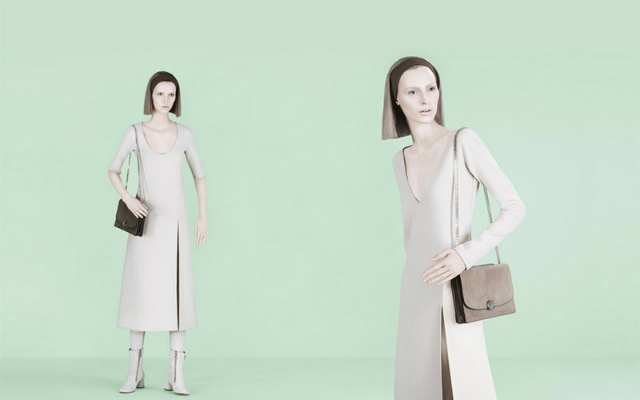
The 32nd International Festival of Fashion and Photography returns once again to the picturesque town of Hyères next week from April 28th to May 1st. The festival promotes young creative talent within the fields of fashion and photography and through its competition has launched the careers of the likes of Viktor & Rolf, Stéphanie Coudert and Felipe Oliveira Baptista .The judges of this year’s fashion competition include Bertrand Guyon Creative director of Schiaparelli, Simone Marchetti Journalist for La Reppublica, and Camille Bidault-Waddington Fashion editor and consultant among others. Alongside launching stars into the stratosphere, the festival features mind provoking exhibitions, round table discussions, and workshops addressing contemporary themes within the arts.
I myself am particularly excited for this year’s festival as I too will be taking part, along with a brilliant team of students from the London College of Fashion led by Amanda Johnston, Katarina Rimarcikova and Caryn Franklin MBE.
In preparation for the festival, Ms. Franklin - former editor of i-D magazine, host of BBC’s The Clothes Show, co-founder of All Walks Beyond The Catwalk, Professor of Diversity in Fashion, MsC graduate of Applied Psychology in fashion, and one of the most powerful and poignant voices within the fashion industry - presented a captivating lecture titled “The Psychology of Selfhood within Fashion photography”. Her lecture provided us students with a taste of the complex and evolving relationship between fashion and photography and their joint effect upon society, cultural norms and ourselves.

In light of the recently banned Saint Laurent ad featuring a model with a covered face and in a very unnatural, compromising position, Ms Franklin’s lecture was particularly relevant because she encouraged us to question what we really see in fashion photography opposed to passively accepting everything we view as “Normal”.
At the beginning of her lecture, she explained that models in fashion photography can exhibit selfhood as an attribute, an added asset to an image. A selected model is able to project uniqueness and realistic physical traits, and should convey elements of Emotional connectability, Relateability, Character, Personality, Confidence, Strength, Playfulness and/or Honesty in order to more accurately communicate a desired message for a targeted audience.
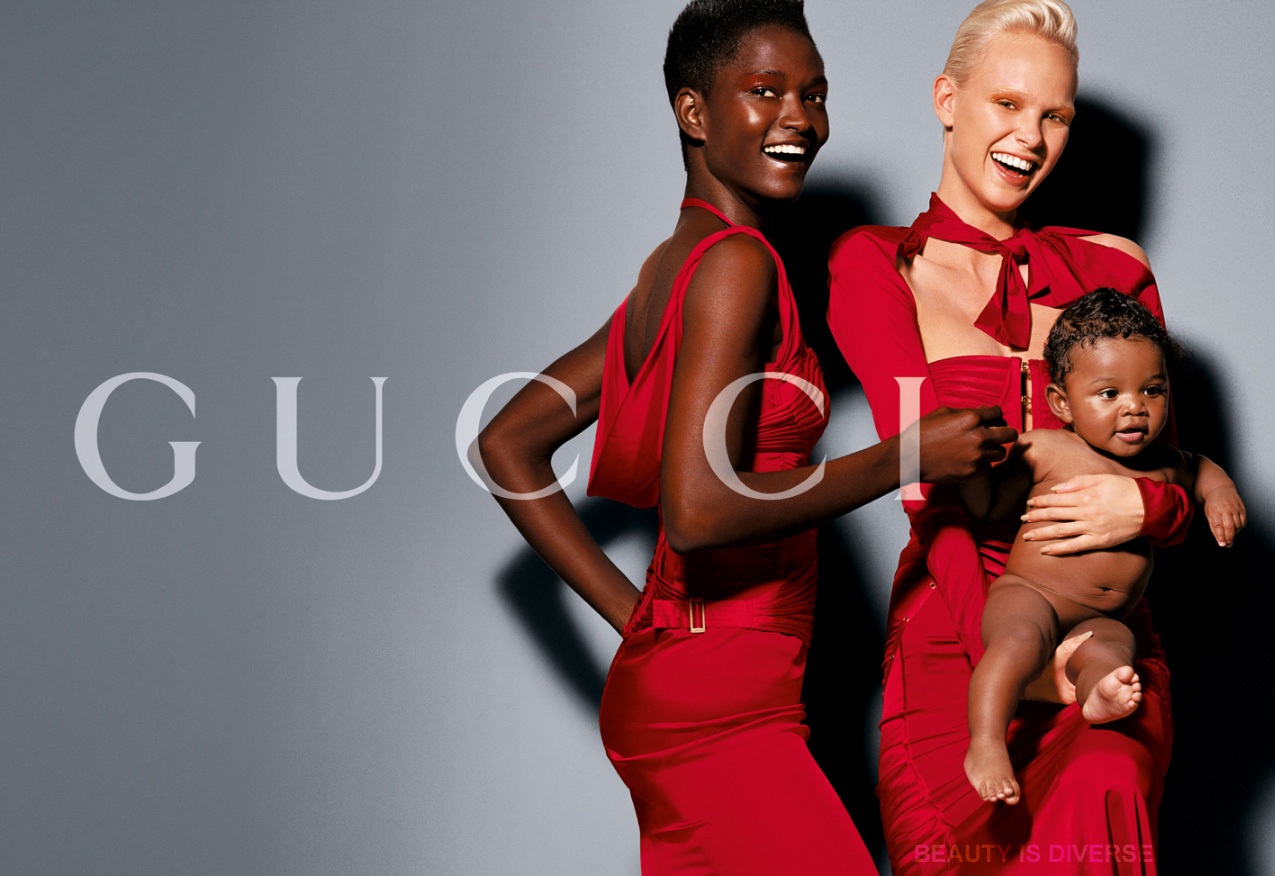
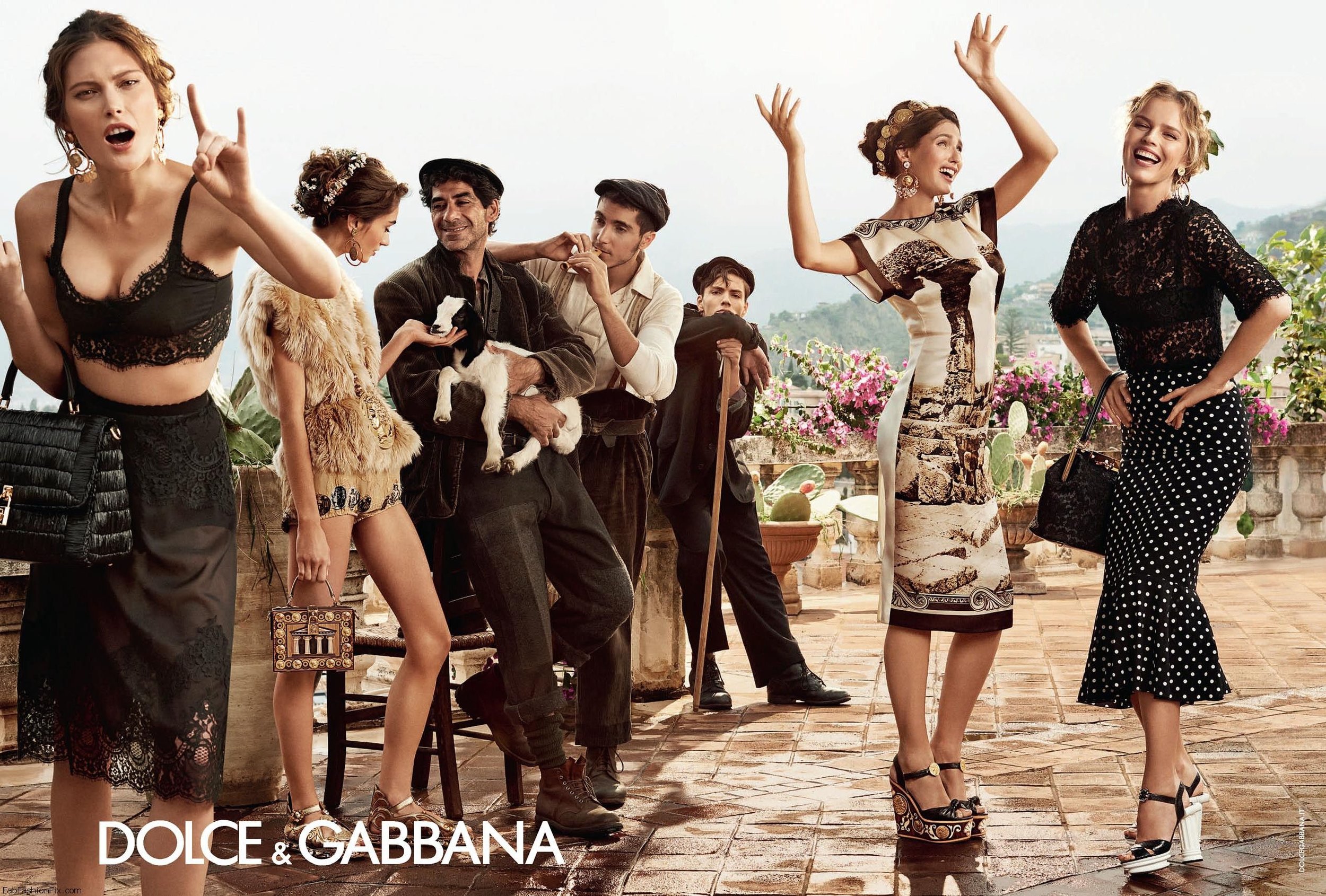
An image thus invites audience interaction. Whether we coincidently glance at a side of a bus whizzing through Oxford Circus or perhaps knowingly engaging within the glossy pages of a Vogue. We the audience instinctively ask, This could be me? How am I similar? Do I feel good or bad about myself when looking at this image?
We view fashion photography for information above clothing detail and as a result, fashion imagery can act as a sort of driver for social comparison behaviour as it features how one should or could be when encountered with an idealised self.
However, as we are on average exposed to around 5,000 advertising images a day we become numb from what they represent and thus regard these images as “normal”. We tend to forget to question what something actually means. What is the image’s intention? What does an image represent?
What does the image of the Saint Laurent model represent?
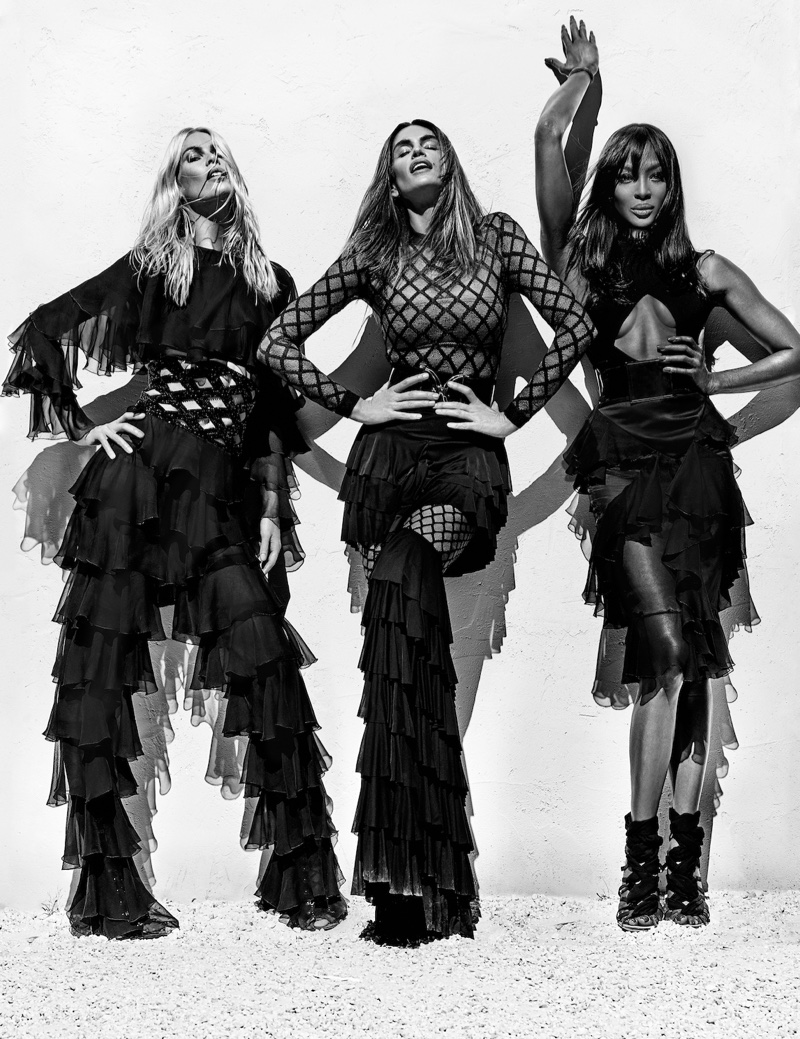
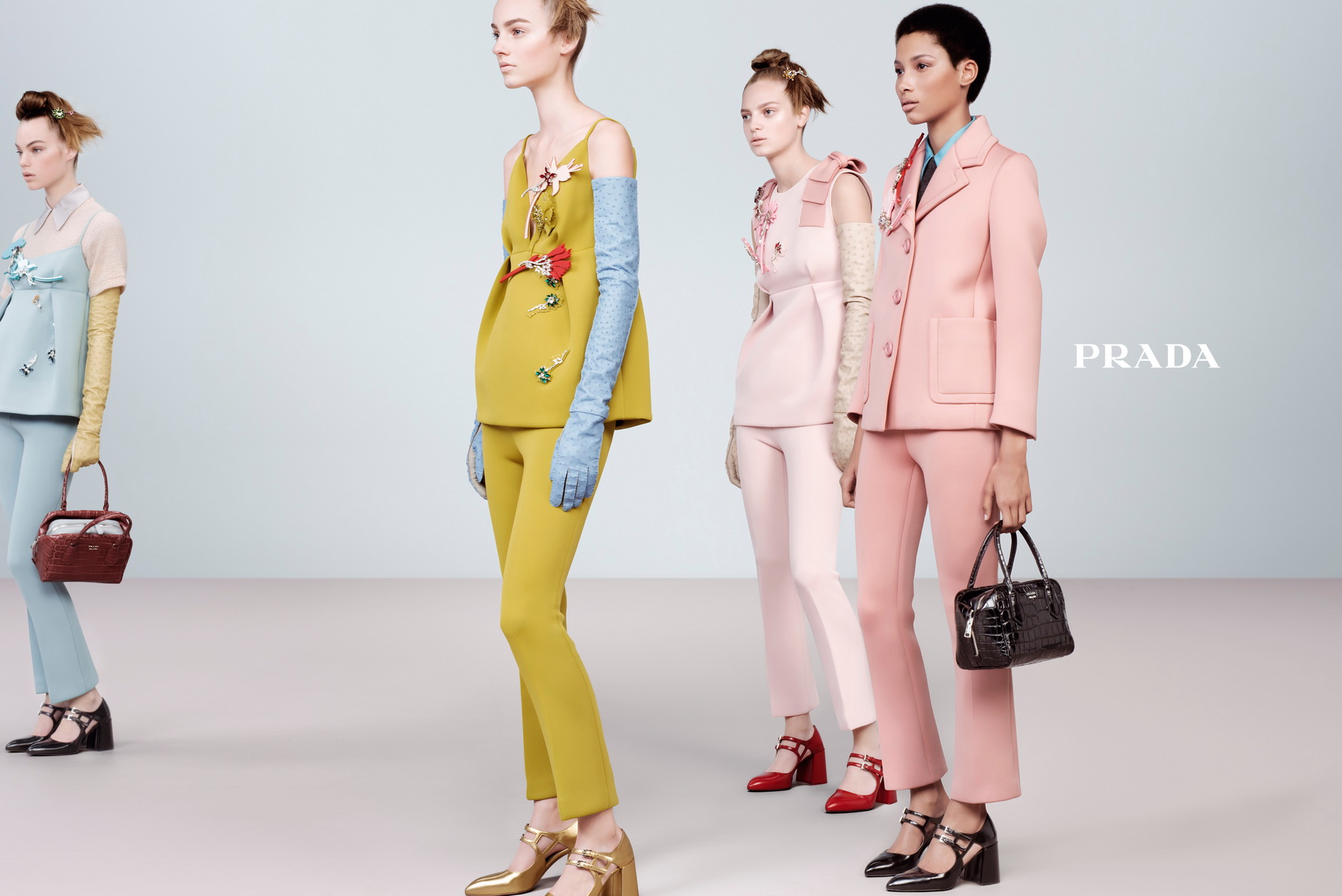
Is it “normal” when a model is regarded as a coat hanger? Is it “normal” for a model to be reduced to a become a sexualised article? The absence of selfhood leads to objectification where a person is understood as a body -or a collection of body parts - valued predominantly for the use to (or consumption by) others.
One highly concerning example outlining one process of stripping away the selfhood from models was the casting by Balenciaga in March 2017, which was very rightfully called out by James Scully:
“… I was very disturbed to hear from a number of girls this morning that yesterday at the Balenciaga casting Madia & Rami (serial abusers) held a casting in which they made over 150 girls wait in a stairwell told them they would have to stay over 3 hours to be seen and not to leave. In their usual fashion they shut the door went to lunch and turned off the lights, to the stairs leaving every girl with only the lights of their phones to see. Not only was this sadistic and cruel it was dangerous and left more than a few of the girls I spoke with traumatized. Most of the girls have asked to have their options for Balenciaga cancelled as well as Hermes and Ellie Saab who they also cast for because they refuse to be treated like animals…”
[embed]https://www.instagram.com/p/BRBoNplj3rA/?taken-by=jamespscully[/embed]
The result of fashion images showing models with the absence of the selfhood have devastating consequences, especially when viewed by the next generation.
Visual Artist Yolanda Dominguez asked a group of eight-year-old children to describe what they see in the commercial campaigns by some of the world leading fashion houses. They concluded women were identified as looking hungry, scared, and ill, while men were described as superheroes, bosses or “studying to go to university.”

Such perceptions are dangerous when of course addressing societal inequalities of gender, race, age et cetera, but also do not do justice to the heritage or a fashion brand or talent of a photographer, creative team or designer. Obviously, fashion photography holds immense power and responsibility and if reckless can result in unintended effects such as negative self perception and feelings of shame and anxiety.
As promised, I will keep you fully posted on the activities of the Hyères festival and the adventures of the LCF team!